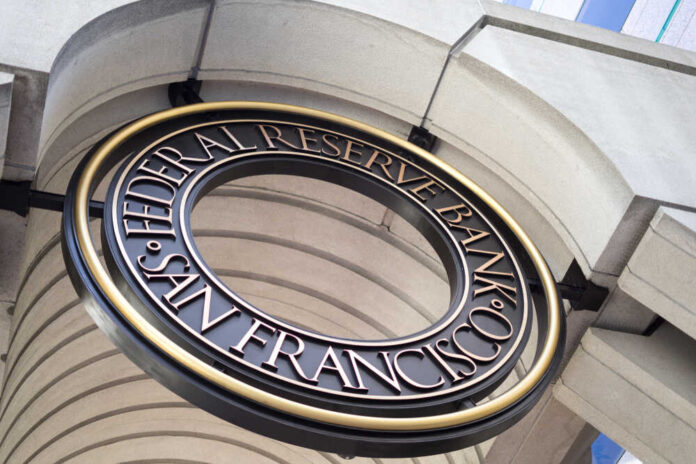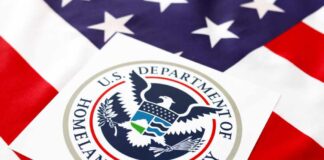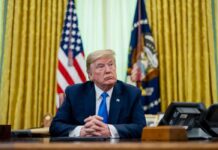
Although the public was surprised by the failure of Silicon Valley Bank (SVB) this month, the bank was known by regulators to be in serious trouble for at least several months. By July of last year, the Federal Reserve Bank of San Francisco had initiated a “full supervisory review” of SVB and placed it “under a set of restrictions that prevented it from growing through acquisitions,” according to reporting by the New York Times.
When it collapsed, the SVB balance sheet indicated major problems. The bank was reported to have held $173 billion in deposits owed to customers on demand. SVB had invested at least $117 billion in mortgage-backed securities. Those securities reportedly yielded 1.5% during the time the Federal Reserve bumped up interest rates by 4.5% last year.
As regulators step in to operate Silicon Valley and Signature banks, threat hunters and security executives warned organizations to look out for malicious activity. #SVB #SignatureBank #cybersecurity https://t.co/mv0U7I69ss
— Banking Dive (@bankingdive) March 14, 2023
Last year, the San Francisco Fed branch flagged SVB as a result and issued six citations to the bank. The Fed, therefore, knew at the time that SVB had a severe liquidity problem if customers demanded withdrawals of their deposits.
Nevertheless, the Biden administration bailed out SVB last week. Even though more than 96% of the bank’s depositors had accounts too large to be covered by the FDIC insurance limit of $250,000, the Treasury and the Fed decided on an emergency basis that SVB was another institution that was “too big to fail.”
The bailout largely benefited several Chinese venture capital investment firms, several of which finance the Chinese Communist Party’s aerospace and military manufacturing and development efforts.
As far back as 2021, the Fed reviewed SVB’s operations and determined that the bank’s risk management system was insufficient to protect customers with deposits at the rapidly growing institution.
The citations eventually issued by the San Francisco Fed were titled “matters requiring attention” and “matters requiring immediate attention.” The citations directly addressed the bank’s ability to provide cash to customers who might demand withdrawals from their accounts.
When the full supervisory review was imposed in July 2022, SVB was rated “deficient for governance controls.” The resulting restrictions prohibited new asset acquisitions. In addition, Fed staffers met with SVB officers last fall to discuss how the bank planned to improve its liquidity position in the environment of rising interest rates.
The regulators found that SVB management was “assuming that higher interest revenue would substantially help their financial situation as rates went up, but that was out of step with reality.”
University of Pennsylvania Wharton School assistant professor of legal studies and business ethics Peter Conti-Brown said last week that banks fundamentally differ from ordinary businesses in that they “have supervisors that watch their every move.”
He added: “They’re in those banks all the time, and the red flags — and there were so many red flags in Silicon Valley Bank — which were not only ones that could have been spotted by the supervisors, but as we will learn, probably were spotted by the supervisors. And the question is now only ‘Why didn’t they do anything about it?’”












